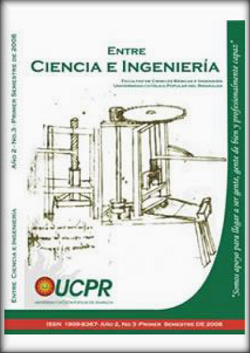Simulación de la prueba “razón fija” desarrollada en las cajas de Skinner mediante software PROTEUS.
Keywords:
Behavioral Psychology, automation, microcontrollers, actuators, sensors, ratio testAbstract
The Skinner box is a tool the behavioral psychology laboratory has at Universidad CatólicaPopular del Risaralda. It is used by students and researchers during their practices onrodents in order to analyze their behavior and explain some human conducts. This paperpresents the simulation for one of the experiments, using the Proteus software from a testcalled the ratio test sets; this simulation is part of the process being developed in the researchproject Evidence Automation on Operant Conditioning (Skinner box) at UCPR in order todevelop a prototype for the control of laboratory instruments.
References
Angulo, Usategui, J. M. (2003). Microcontroladores pic: Diseño Práctico de Aplicaciones: primera parte: pic16f84. lenguajes pbasic y ensamblador”. Ed. McGraw-Hill.
Angulo, Usategui, J. M. (2004). Microcontroladores pic: Diseño Práctico de Aplicaciones: segunda parte: pic16f87x. McGraw-Hill. España.
Campbell, W. (1992). Behavior Problems in Dogs. California: American Veterinary Publications.
Chance, P. (1994). Learning and Behavior. California: Wadsworth.
Davidoff, L. (1989). Introducción a la Psicología. México. Ed. McGraw-Hill. España.
Leahey, T. H. (1998). Historia de la Psicología. Madrid: Ed. Prentice Hall Iberia.
Skinner, B.F. (1953). Science and Human Behavior. New York: Free Press.
Palacios, E. (2006). Microcontrolador Pic16F84 Desarrollo de Proyectos. Ed. Alfaomega. México.
Pallas, Areny, R. (1998). “Sensores y acondicionadores de señal”. Ed. Marcombo. España








 Revista Entre Ciencia e Ingeniería
Revista Entre Ciencia e Ingeniería .png) entrecei@ucp.edu.co
entrecei@ucp.edu.co.png) ISSN (Impreso) 1909-8367 - ISSN (En Línea) 2539-4169
ISSN (Impreso) 1909-8367 - ISSN (En Línea) 2539-4169 Attribution-NonCommercial 4.0 International (CC By-NC 4.0)
Attribution-NonCommercial 4.0 International (CC By-NC 4.0)
.png) Carrera 21 No. 49-95 Av. de las Américas, Pereira, Risaralda, Colombia
Carrera 21 No. 49-95 Av. de las Américas, Pereira, Risaralda, Colombia